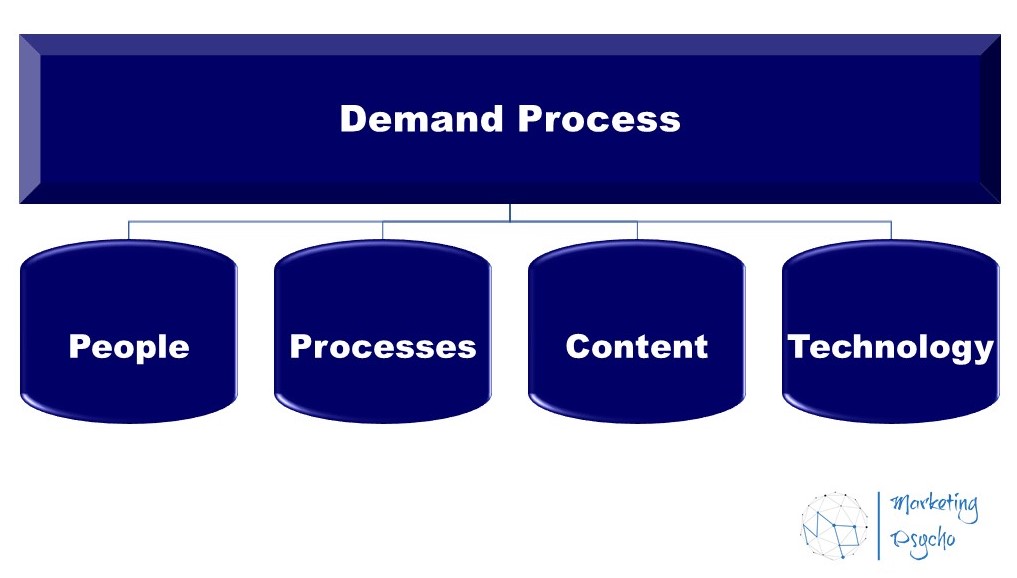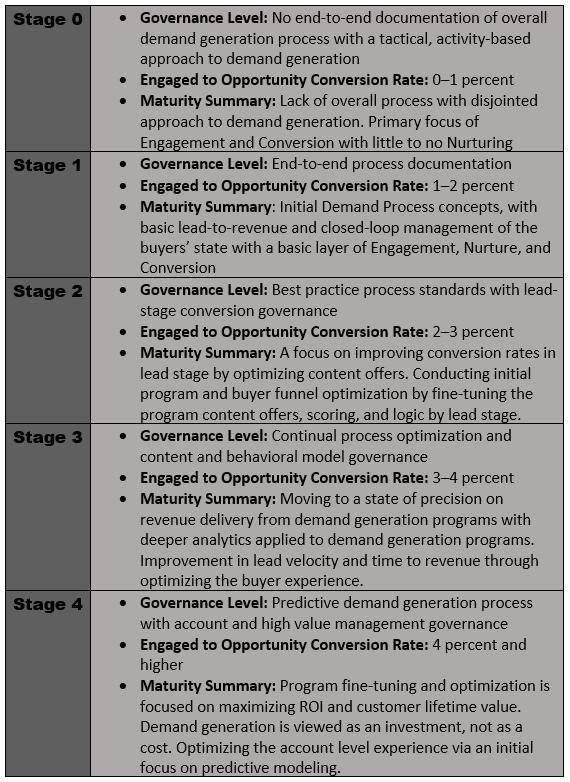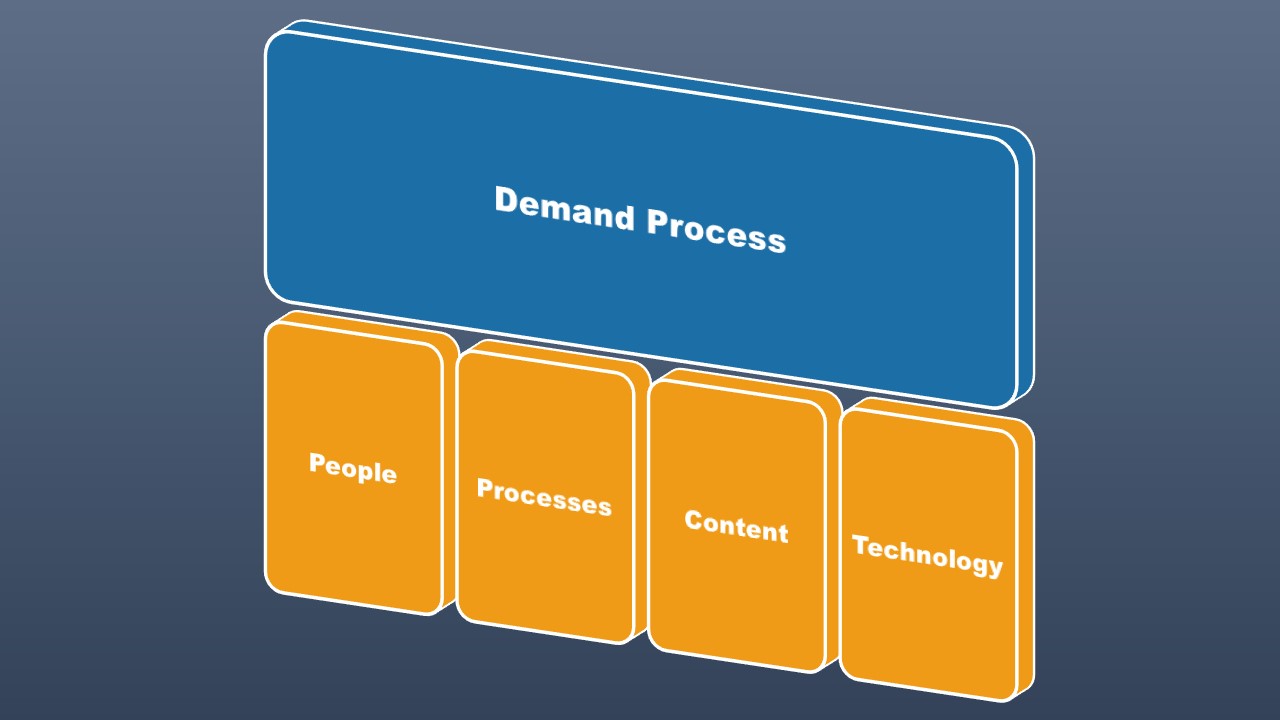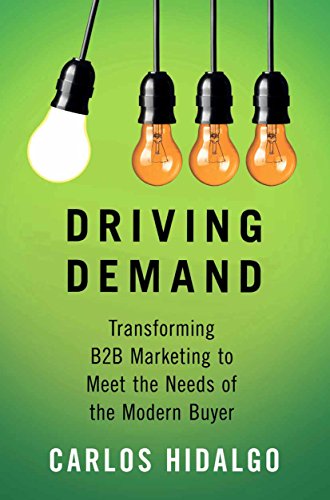With the development of technology and the Internet, the world of marketing has also changed. This truth must be accepted. And the faster you do it, the more successful your business will become. Not only marketing and its tools have changed, but also consumers themselves, as well as the process of making a purchase decision. Buyers now do not need to immediately contact the sales representatives of the company to find out information about the product.
The first thing they do is turn to their gadgets. Therefore, it is the consumer who decides when they will interact with the supplier. In this connection, there is a need for a personalized approach to customers, it is necessary to conduct a dialogue with them. Marketing must correctly fill the gap that has formed between the point when the buyer felt the need and the point when they are ready to contact the seller. Marketing should change the approach to demand generation. This book Driving Demand: Transforming B2B Marketing to Meet the Needs of the Modern Buyer is dedicated to the changes that need to be made if marketers want to succeed in increasing demand.
Carlos Hidalgo offers a process approach to demand generation. In his opinion, the Demand Process consists of 4 key elements: people, processes, content, and technology. For the successful formation of demand, it is necessary to correctly coordinate these 4 elements.
Demand Process

Usually, any changes are hard for people to accept. This is largely due to habit and comfort. People don’t want to change anything, afraid to take risks. And even if changes do occur, they often do not last long and everything quickly returns to its place. To prevent this from happening, the author advises making changes in business not abruptly, but gradually. It is best to start with a pilot approach, that is, select one problem area and apply the Demand Process.
When everything is worked out and employees will be able to see the result, and actions will be documented, it will be easier to make changes in other areas of activity. For organizations to apply the experience of the pilot program and ensure the effective dissemination of the demand process model throughout the organization, there must be a common structure. This can be achieved by compiling a Demand Process Blueprint. The blueprint should define the content marketing model, the dialogue with customers, the relationship between marketing and sales, and the lead management process.
Buyer’s Path
So, the buyer’s path before making a decision has changed. What does this give marketers? Carlos Hidalgo identifies three consecutive steps that the consumer takes: Engagement, Nurturing, and Conversion. Of course, the buyer’s path is not as simple as it may seem at first glance, these three steps imply a huge amount of work and a lot of nuances, they can be called macro-steps. Demand generation specialists should know these steps and accompany the buyer at each stage. The most common way to do this is to provide the relevant content for each stage.
- The content at the Engagement stage should reflect the current problems of consumers in an educational form, without imposing their brand or product on them.
- The content at the Nurturing stage indicates various areas in which the supplier can help customers solve their problems.
- The content at the Conversion stage takes into account previous customer interactions and is a continuation of the dialogue.
To create this type of content, marketers need the help of a sales team, since they know the needs of consumers at this level. Several channels can be used for all these stages, and marketers must determine which channels are most effective and preferred by customers.
Since the task is to develop content that matches the path of buyers, the ultimate goal is a meaningful dialogue. This dialogue must be planned and documented to have a coherent demand generation content strategy. As soon as buyers start the buying process, they start looking for a solution to their problems or problems. After that, they go through several consecutive separate stages, they are also called information requests, throughout the entire purchase process; this is called the Buyer Dialogue Logic.
Understanding and documenting the subtleties of these requests will allow marketers to create content specifically for use at the stages of Engagement, Nurturing, and Conversion. The best way to develop the logic of dialogue with buyers is to interview your existing and potential customers and carefully study their purchase process from beginning to end. A demand generation specialist should also take into account the information that marketing and sales departments have about customers since each team has reliable data and information about customers.
Determining the stages of the path along which buyers make a purchase is just the beginning of coordinating content with buyers. Knowledge of the key persons involved in the purchase process and a clear understanding of the stages of the purchase process are crucial to the development and provision of relevant content that will stimulate dialogue with buyers. It is necessary to develop content specific to these individuals, taking into account their individual needs and problems.
Marketing and Sales
Demand generation is the activity of two departments: marketing and sales. However, the relationship between marketing and sales is a cornerstone in any organization. There is always a misunderstanding between these departments, marketing believes that sales do not work out their leads, sales consider these leads not qualified and do not work with them. For consistency of work, departments must have common goals and indicators that would suit both sides. It is important that sales departments understand the details of the marketing program and that the marketing department provides the relevant content necessary for sales departments to close the sale.
As for successful relationships between sales and marketing departments, and for understanding the stages of buyers in the purchase process, the content must be consistent with the lead qualification model. As noted earlier, when buyers begin the buying process, they are looking for content that can help them formulate their concerns. Most often they will search using keywords and terms. Having an idea of these key search terms and phrases companies will be able to optimize their content.
Lead Management Process
The lead qualification model helps you evaluate and manage leads throughout the purchase process. According to Carlos Hidalgo, the lead management process should include the following components:
- Lead routing definitions
- Lead qualification model
- Lead scoring model
- Progressive profile model
- Service level agreements
Organizations must define each stage of their lead qualification model, starting with the definition of a request and ending with a closed-won or closed-lost transaction. Adding more detail to the lead qualification model with definitions of each stage will better align the qualification model with the purchase process. An effective model for the qualification of potential customers determines the stages that B2B buyers go through from the beginning to the end of the purchase process.
The more precisely marketers involved in demand generation can coordinate the lead qualification model with the buyers’ journey, the better they will be able to ensure that only the most qualified leads will be transferred to the sales department.
Key Performance Indicators
Demand generation is a result-oriented discipline. However, many demand generation specialists have difficulty evaluating the results and instead measure their activity (the number of clicks, website visits, impressions, etc.). As part of the development of any demand generation program, it is necessary to specify clear goals in the field of conversion and income with quantitative indicators assigned to them.
The author suggests six main key performance indicators that need to be implemented by the demand generation department.

Data and the proper use of technology are of great importance for the success of modern demand generation. The chances of success will be severely limited if B2B organizations do not begin to apply strict management to their data. Technologies should support and ensure the process, help you in your work, and not interfere. For more fruitful work, B2B organizations should first define their demand strategy, and then choose technologies to coordinate and support this strategy. Poor data quality will not only limit the effectiveness of demand generation but will also cost the organization money.
Demand Process Maturity Model
In his book Driving Demand: Transforming B2B Marketing to Meet the Needs of the Modern Buyer, Carlos Hidalgo also suggests using a Demand Process Maturity Model, which was developed by Adam Needles, chief strategy officer, to show companies the way to transformational maturity. To understand where your organization is in terms of the maturity of the demand process, it is important to analyze every part of the demand process: people, processes, content, and technology.

Any organization that is below the 3rd stage of maturity should consider making changes throughout the business since this low level of maturity indicates a lack of a strategic approach to demand generation. Demand generation is a difficult task, but it can be done. To do this, you need to plan your actions and start with a pilot approach that simultaneously tests and proves a new model. Get ready that the introduction of transformations is hard work, you will meet some obstacles on your way, so do not give up, move forward, and only in this case, you will be able to see the results.
Read more marketing, management and sales Book Reviews in the special section of the website.





